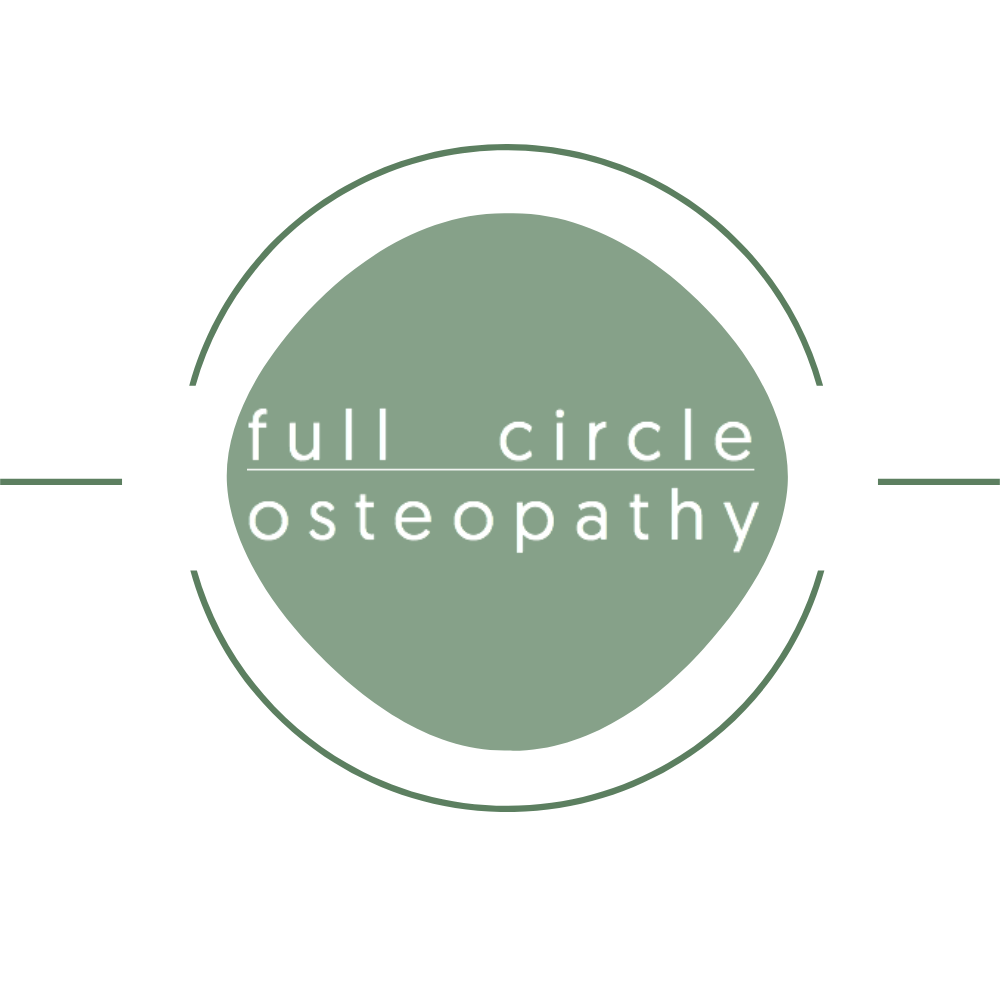Did you know that approximately 1 in 3 adults experience neck pain at least once a year? It’s not surprising that it is a common reason that our patients come into our clinic seeking osteopathic treatment. Research shows that neck pain is more persistent in people who have experienced back pain. As osteos who regularly treat patients with neck and back pain, we’ll share some simple steps to follow to reduce the risk of strain in your daily life. Read on to find out about the types of neck pain, and how osteopathic treatment could help.
Read MoreHello readers! Our blog this month focuses on a spinal condition that in the sports world most commonly affects cricketers and gymnasts, but in reality, can affect anyone! The condition is known as spondylolisthesis (pronounced ‘spon-di-lo-lice-thee-sis’) and most commonly affects the lowest segments of the lower spine region.
Read MoreWith the average age of first time mothers slowly increasing over the last two decades many women are starting their much wanted families later and are anxious about staying safe and protecting their unborn child. Exercise and movement is important at all stages in life, this is no different during pregnancy however many women are unsure about how much activity they should be doing or what kind of activity is best.
Read MoreAs of Friday the 22nd of October our clinic will return to routine care for all who require it. Here is what to expect at your next appointment:
Check Exposure Sites Before Arrival: Here is the list of current exposure sites we would appreciate you having a look prior to attending your appointment.
Read MoreWalking would appear to anyone as being a simple action carried out by many people, every second of every day across the globe. For the average Joe, walking is simple. We learn to walk from a very young age, and then we don’t really have to think about doing it after that… Until something goes wrong with the body. Read on to find out more about the wonderful phenomena that gets us humans around from A to B.
Read MorePosture, posture! Remember when you were a kid and your parents used to tell you to “Stop slouching!” and “Sit up straight!”? Well, however annoying that may have been at the time, your parents had your best interests at heart. They were looking ahead to the future and trying to save you the woes of having developed poor posture, and the effects that can have on you as an individual.
Read MoreUnfortunately with the updated COVID safe guidelines during this lockdown, we can only treat individuals who require 'essential clinical care'.
This means that routine/management care is not permitted.
Find out what the definition for “Essential clinical care” is
Read MoreWe’re frequently asked, “What is the best way to manage a new injury?” here at Full Circle Osteopathy. There is an awful lot of advice out there when it comes to acute soft-tissue injury management. Here is a helpful guide to soft-tissue injury management, based on the most recent research available.
Read MoreIt’s easy for life to get on top of you. Whether you lead the single life, or you have a clan of children to look after, life is always throwing challenges our way. Work, bills, paying the mortgage or rent, staying social, washing, cleaning and shopping are things the majority of us have to contend with. Throw on top keeping yourself healthy through good eating, exercise and sleep habits and it’s easy to see how people can get bogged down. Finding a balance is key to leading an enjoyable life every day, and not just living for the weekend. The weekend… Did we mention the kids’ sports?!
Read MoreLet’s start at the beginning… Ligaments hold bone to bone. Two bones held together become a joint. Ligaments are responsible for providing a joint with stability (along with the muscles and tendons surrounding it), ensuring the bones of a joint do not move away from each other and dislocate. Ligaments are thick, strong bands of tissue that can withstand the majority of the large forces that run through our bodies when we move. Sometimes the force placed upon a ligament is too great for it to withstand, and this is when damage (or a sprain) occurs. Ligament sprains are generally categorised into the following grades:
Read More








